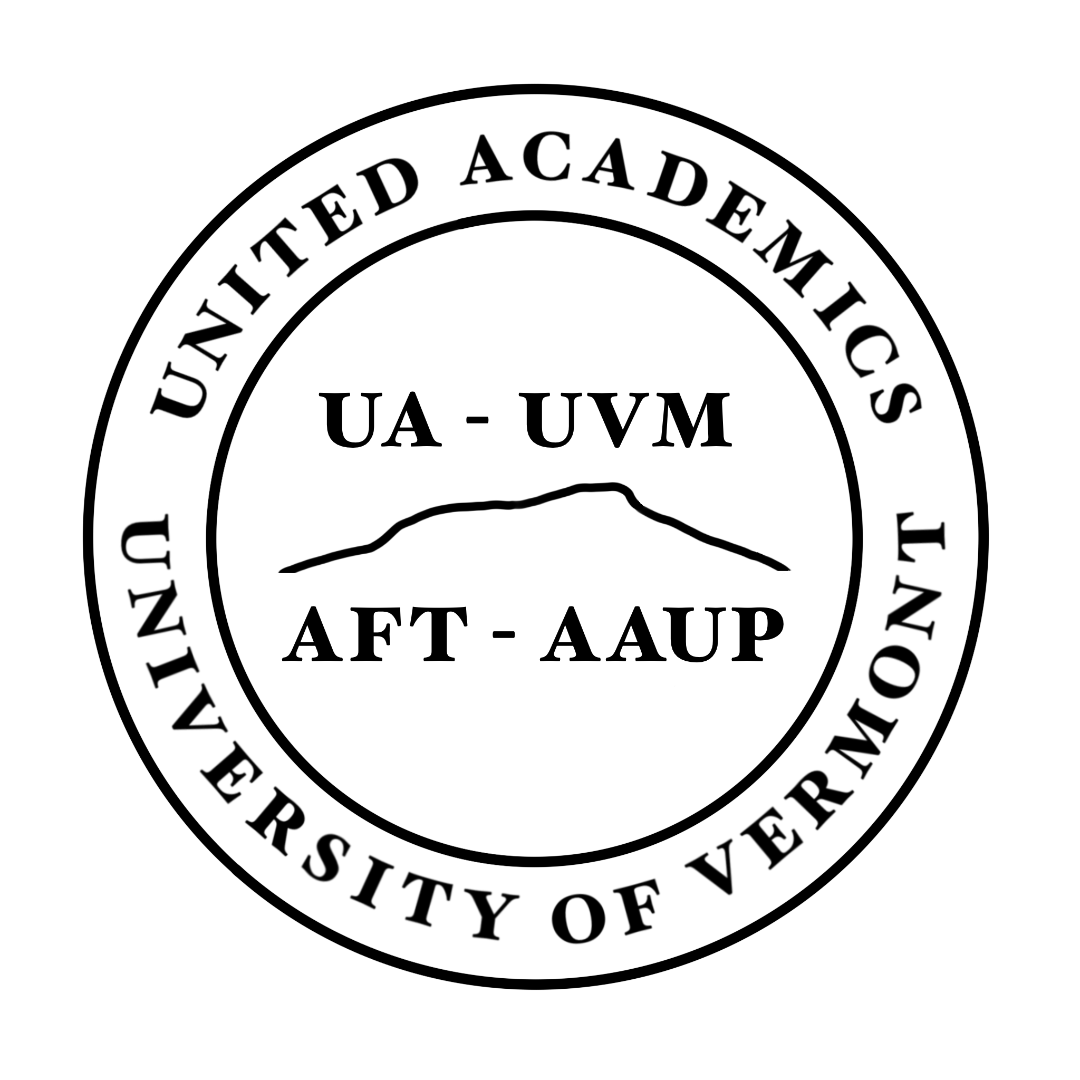When “Cost Savings” aren’t savings
In the fall of 2017, the College of Arts and Sciences abruptly canceled 12 classes the day before registration. The argument was that enrollments in the college are down, so some cuts had to be made to save money. The savings have been estimated anywhere from $70,000 to $150,000. But was that the only solution?
Consider that reducing the salary of three (hypothetical) administrators from $175K to $125K, would produce identical cost savings, even at the high estimate.
Or consider that, if only three potential tuition-paying out of state students saw the headlines about course cancellations and decided to take their $55K annual costs elsewhere, the entire “savings” would be wiped out.
UVM of late has eliminated a respected scholar of Indo-European, classes in Arabic, and other areas of intellectual importance that add breadth and depth to the university experience at very modest costs -- while planning an $80 million “multipurpose center.” And it has added several course sections with 266 students, where half of their grade is determined by attendance.
This does not have to be. When Ruth Simmons assumed the Presidency of Brown University in 2002, Brown had been told by consultants it needed to cut faculty lines to reduce costs and build a new student union to better attract new students. Simmons, however, instead announced,
The only way to achieve [the improved students people wanted] was to have an aggressive program to recruit faculty and to retain faculty to attract such students. . . The more we studied this, the more we recognized that to do less than to grow the faculty would be to consign our students to student-faculty ratios higher than the competition, to improper class sizes, and to less diversity in the course work than they really needed.*
In the years since, Brown University has become one of the top ranked universities in the world.
The point is not that UVM could or should imitate Brown. The point is that in the rare instances when an upper administrator ignores the common wisdom and invests in academics, it can work. UVM does not have to imagine itself only in the terms set by the narrow communities of administrators at other standard public universities.
*Brown Alumni Magazine, May-June '02, pp. 23, 37.

